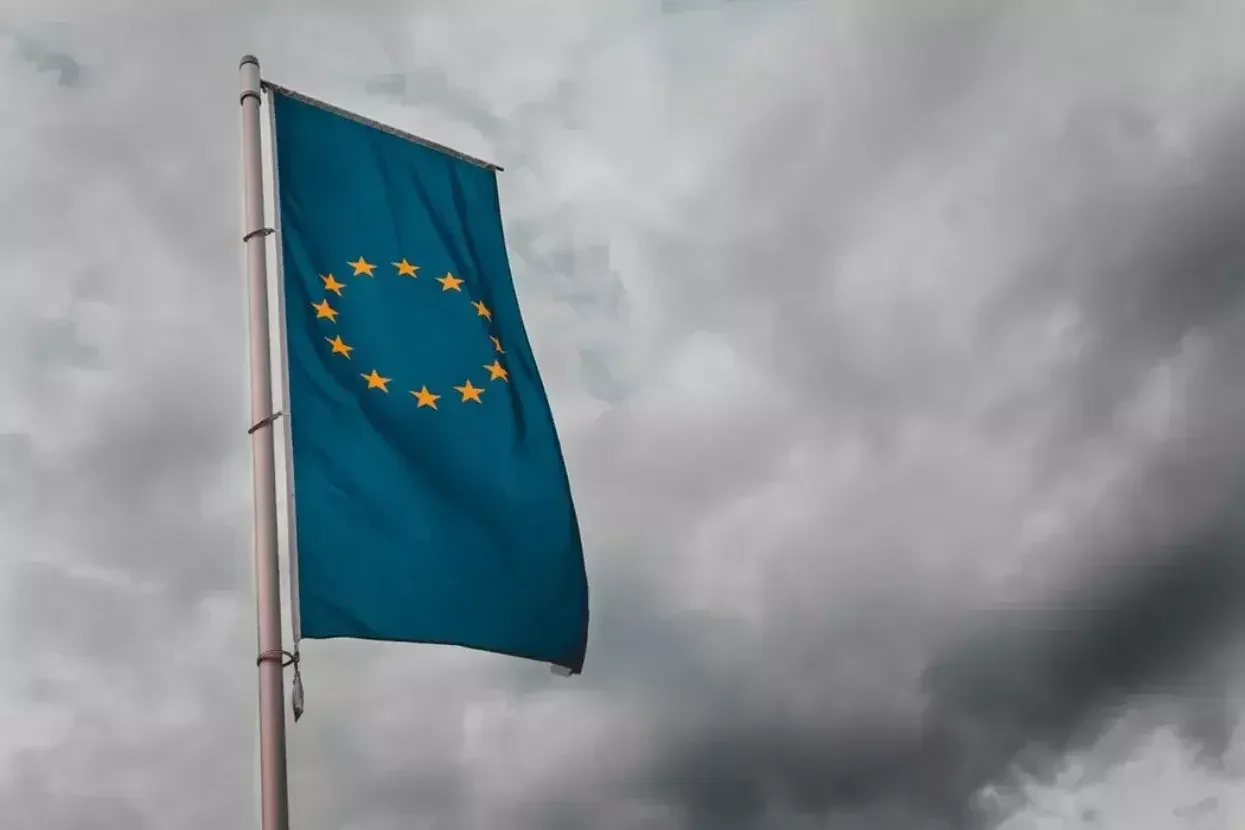
Laurel Brunner discusses the EU’s environmental policies to support an international commercial framework that governs business practises and supply chain management processes.
Sitting here in the midst of the Brexit chaos, it is very easy to also get depressed about the slow pace of environmental impact mitigation in the graphics industry. Fortunately, the deepening gloom of the Brexit shambles matters little beyond the UK, such is the smallness of our contributions in the broader context. And the even better news is that the rest of the world in general and Europe in particular can and will carry on with the new normal. And this includes a higher profile and further guidance for environmental impact management.
For the printing and publishing industry, the Europe Union’s (EU) environmental policies support an international commercial framework that governs business practises and supply chain management processes. After almost fifty years of work, businesses follow barely visible guidelines and requirements to support environmental impact management.
Directives such as Registration, Evaluation, Authorisation and Restriction of Chemicals (REACH) and Waste Electrical and Electronic Equipment Directive. (WEEE) shape printing and publishing industry business decisions of all kinds. From new technology investments through to end-of-life for products and waste handling, the rules reflect local realities as well as EU-wide interests, because member states have contributed to writing them.
At the last count, EU environmental law boasts over 500 directives, rules and regulations. Increasingly, policy on climate change and environmental impact mitigation are a consideration for wider policy making. The EU’s Environmental Policy Unit has recently published a communication to protect and improve the health of forests, which should be of particular interest to the graphics industry. The objectives include encouraging EU support for products from sustainably managed forests and working partnerships with forest owners around the world. Forest restoration is part of the deal as is international cooperation to halt deforestation and forest degradation. Money is also to be made available for more sustainable land use practises, which includes replanting. It is unlikely that this will drive down paper prices in the short term, but longer term it could strengthen print’s sustainability credentials, both environmental and commercial.
The EU’s contributions to environmental impact mitigation since the early seventies have made it a world leader. After so many years of environmental rule making effort, the EU has a solid foundation and the experience to keep developing initiatives to help with climate change management. Although policy isn’t always matched with successful implementation, we should be glad that overall progress is being made, not least in the printing and publishing industries.
This article was produced by the Verdigris Project, an industry initiative intended to raise awareness of print’s positive environmental impact. This weekly commentary helps printing companies keep up to date with environmental standards, and how environmentally friendly business management can help improve their bottom lines. Verdigris is supported by the following companies: AgfaGraphics, EFI, Fespa, Fujifilm, HP, Kodak, Ricoh, Spindrift, Splash PR, Unity Publishing and Xeikon.